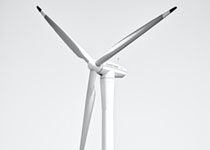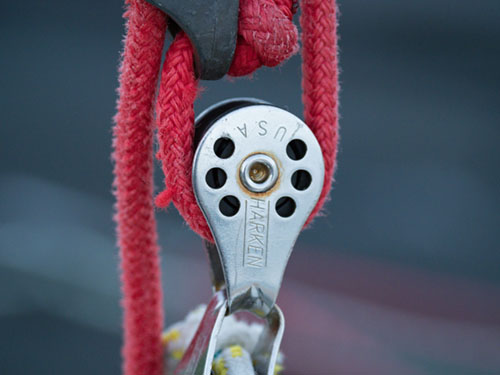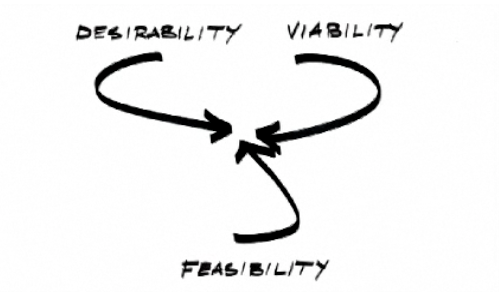Geoscience Women in STEM

Lesson 2: Energy: from the Air
As an aerospace engineer, Jasmine Sadler was often faced with solving problems related to engineering and quality. One of the major challenges in aerospace engineering is to turn air into energy in such a way as to meet the high quality standards necessary in the field.
In the first activity, students explore the use of design thinking as an approach to challenges involving harnessing the power of the wind to produce electricity. In the next activities, students design and prototype wind turbine models, test them, calculate parameters to scale them up to full size, and make recommendations for siting a wind farm installation in their local area. Finally, students are faced with the challenge of building the wind turbine design developed by a team of their peers.
Connections to Next Generation Science Standards (NGSS)
To learn more about Crosscutting concepts click here
To learn more about Science and Engineering Practices click here
- Science and Engineering practices number & name: Asking Questions and Defining Problems, Developing and using models, Designing solutions, Engaging in argument from evidence
- Crosscutting Concepts: Energy and Matter, Scale, proportion and quantity, Structure and Function
Design thinking is a problem solving methodology that seeks to solve the problems of problem solving methodologies through a focus on empathy, prototyping and testing. In place of focusing on the problem solver's skills, users become the focus in the unique five step design thinking protocol.
Providing students with an overview of the design thinking steps and philosophy prior to beginning the other activities in this lesson encourages deeper engagement and broader application of diverse skills. To begin, you may want to cover the information in the slides linked in the box below.
Activity 2: Wind Power! Designing a wind turbine

For access to student-ready handouts and an introductory video click here
For access to student-ready handouts including multimeter testing click here
Wind turbines are a technology at the heart of renewable energy installations worldwide. In this activity students will put their design thinking skills into practice as they design and prototype a wind turbine. As part of the process they consider siting and orientation for their wind turbine, as well as making calculations about how their design might scale-up to a usable size.
In the expanded version of the activity, students use a multimeter to test the output of their designs.
Activity 3: Where do you put a wind farm?

To access the student-ready classroom materials click here
Where a wind farm is sited depends on many factors such as an environmental screening, local zoning laws, and financial considerations. In this activity students will problem solve the siting of a wind farm using information they gather from maps and data from other sources. They will investigate how windmills work, how people feel about windmills, and what the prime locations both on land and offshore are for wind farms.
Activity 4: How can we use wind to lift a load?

To access the instruction pages click here:
Expanding the use of a wind turbine to also lift a load presents design thinkers with a new challenge. In this activity, students will design and build a simple wind turbine and use it to power a system of pulleys to lift a mass.
Additional activities that focus on wind turbines are available from PBS and UC Boulder.

